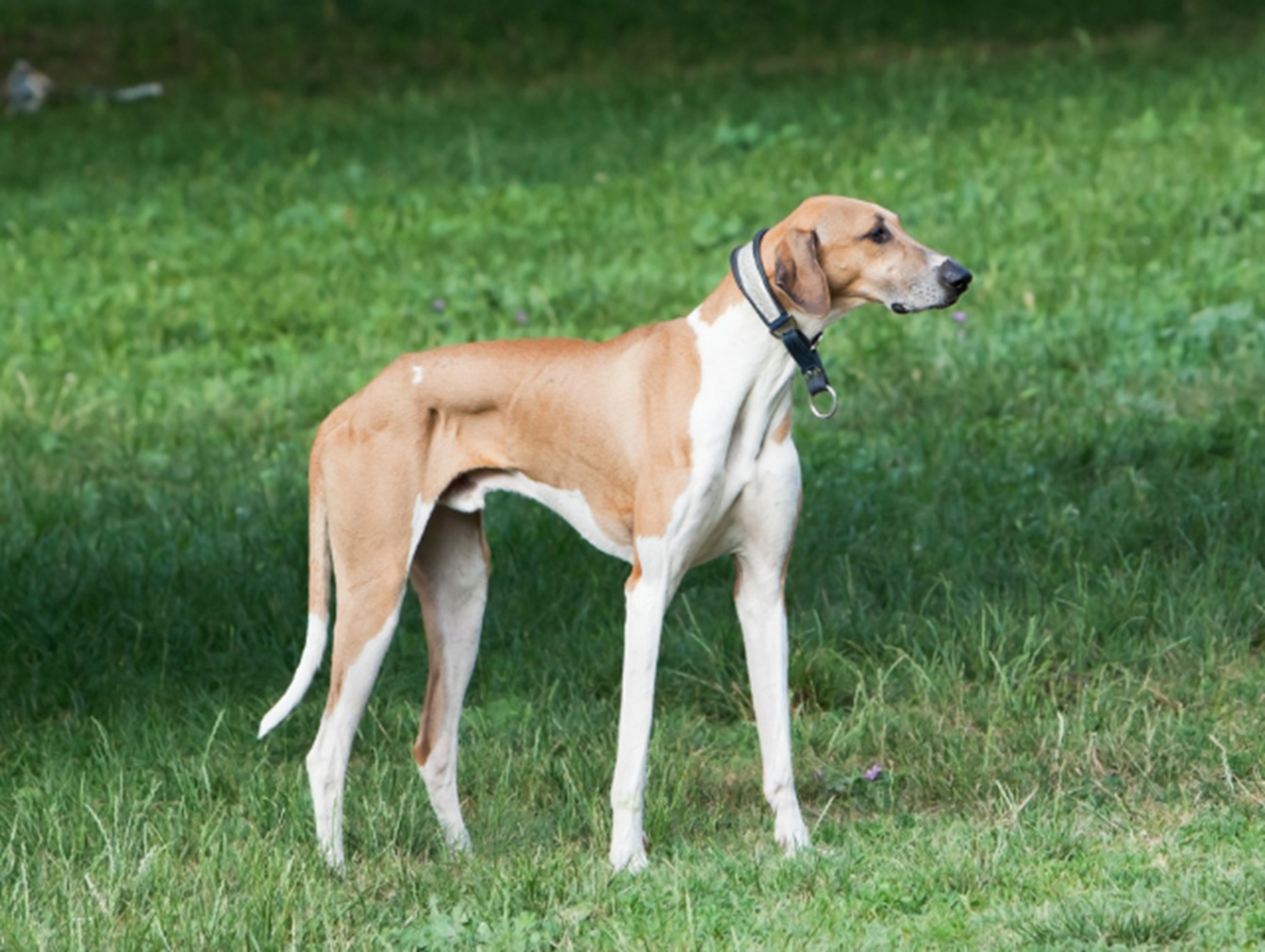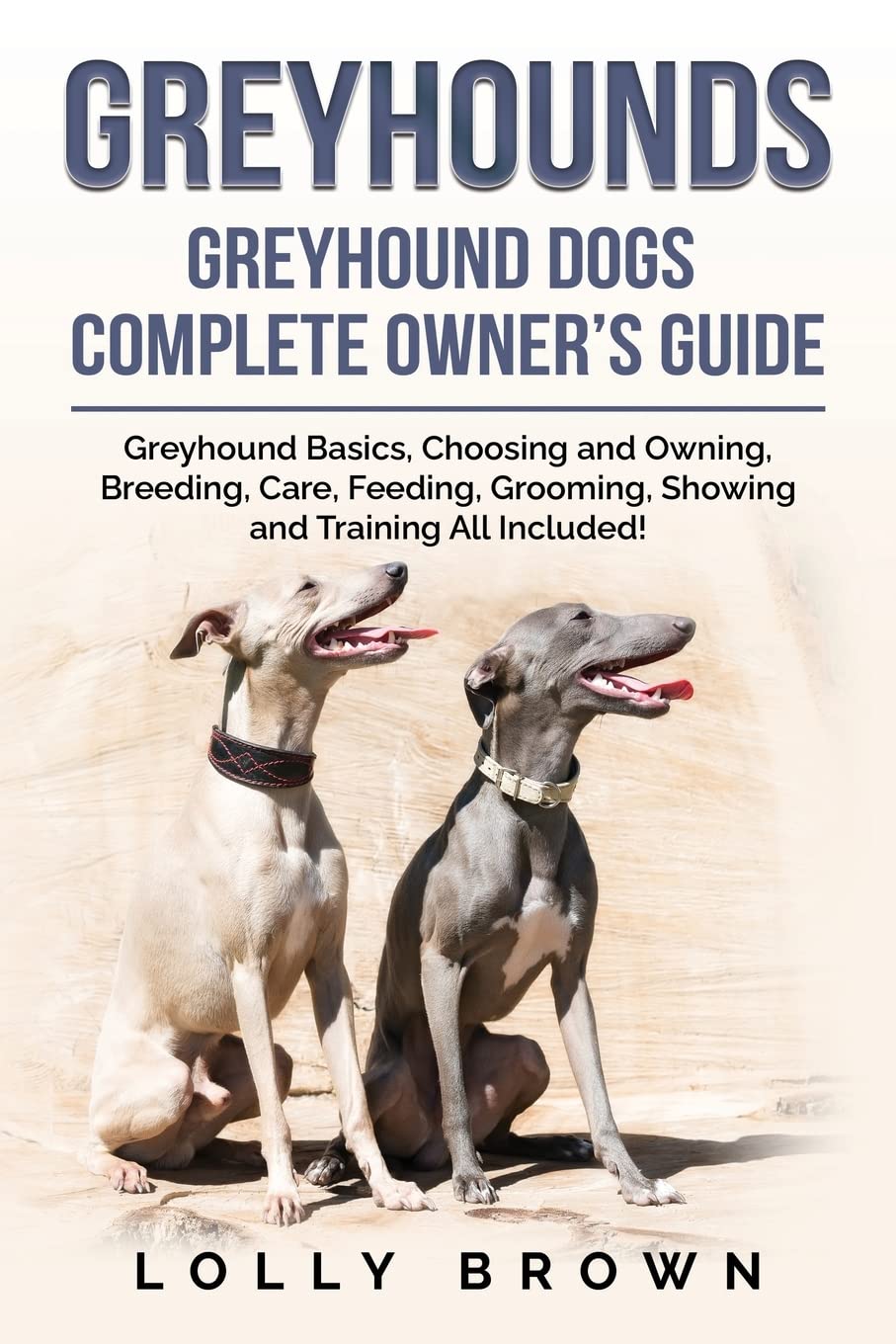CHAPTERS
Navigate to chapter
► Chapter One: Greyhound Facts and Descriptions
► Chapter Two: Choosing and Acquiring a Greyhound
► Chapter Three: Preparing for Your Greyhound
► Chapter Four: Feeding Your Greyhound
► Chapter Five: Grooming Your Greyhound
► Chapter Six: Training and Behavior Modification
► Chapter Seven: Vet Care for Your Greyhound
► Chapter Eight: Showing Your Greyhound
Chapter 1: Understanding Samoyeds

The Greyhounds certainly hold a long and prestigious historical background, starting out in the Middle East and North Africa. Despite living in these countries that have unstable and unforgiving weather conditions, the Greyhounds still managed to survive and even garnered the attention from other cultures. Their vast history even reaches as far as Greece since the ancient Greeks mentioned them in writings, included in artworks made by the Egyptians, praised highly by a poet from Rome, and even mentioned in the Bible. This just goes to show that the Greyhound is a great canine that exhibits their qualities throughout the centuries.
Years later, the Greyhounds managed to make their way to Europe during the notorious times of the Dark Ages. Even back then, these dogs were commended for their great skill and capability in hunting that there was a law that was passed so that the royal game reserves made it forbidden for anyone living within a 10-mile radius of the king’s forests to even own a Greyhound. This was to ensure that the forests were kept preserved and ensure that the royalty held control of their property.
Even in England, the Greyhounds continued to become popular probably due to how popular coursing and racing was at the time. The explorers from Spain and even the colonists coming from Britain brought these dogs on their ships and then brought them to the United States where the breed developed further, coursing coyotes and jackrabbits on the plains.
The Greyhounds are considered to be one of the first breeds to make an appearance in the American dog shows. It was in 1885 when the American Kennel Club (AKC) officially recognized the breed and registered them in their records. A year later, the first official coursing race was conducted to pay homage to the great speed of the Greyhounds and the National Coursing Association was born from it during 1906. The Greyhounds are best known for their skill in racing and has become one of the most popular breeds in many states. However, racing Greyhounds has become a controversial sport since it left many dogs that are later to be abandoned, sold to markets and laboratories, and even euthanized, especially those who have lost an important race or those who don’t have a good track performance.
Today, the Greyhound remains to be a well-coveted canine among dog owners and considered to be one of the gentle giant breeds in the canine world. They tend to be couch potatoes, so give him plenty of exercise if you’re thinking of owning one.
Even with just the mention of their name, you should probably get a picture of what the Greyhound looks like. This renowned canine has been mentioned in a number of literature pieces, shown in several artworks, and even featured in many TV shows and movies. Their build is what they’re best known for, making it seem like these dogs were built for one thing – speed. With their long legs, narrow head, and a muscular body to boot, it’s no wonder that the Greyhounds are considered as one of the fastest, if not the fastest dog in the world. This sprinter has riddled his image all over the worlds, may it be in books or in posters, and the breed still has a number of mysteries that we still don’t know even after so many years.
Being one of the oldest dog breeds in the world, it is speculated that the Greyhounds came from Egypt and were considered as valuable assets throughout the years. Even the likes of Cleopatra, General Custer, and England’s Queen Elizabeth the First were mesmerized by the qualities of the Greyhound. Even General Custer raced his Greyhounds before he set out on his trip to the Little Big Horn. And because of the benefaction of the Egyptian and British Queens in racing these dogs, Greyhound racing later was known to be the “Sports of Queens”.
Putting aside their noble heritage, there is still a lot of things to love about the Greyhounds. Despite their tall and intimidating appearance, these dogs actually have a friendly disposition towards people and other dogs, but most especially displaying utmost loyalty and love towards their family. Compared to other big dog breeds, the Greyhound isn’t the aggressive type, even towards strangers. However, they will bark if they sense someone approaching the household.
With their history as racing dogs, you should know by now that the Greyhounds have a high energy capacity. That belief takes a turn though, since Greyhounds have a tendency to become couch potatoes and their favorite hobby is sleeping or just lying around the house. While they are runners, the Greyhounds are not built for long distance running as their daily walks will be enough for their exercise needs. But the Greyhounds also make as good jogging partners for those living an active lifestyle.
Having a strong prey drive, you need to know that your Greyhound needs to be leashed whenever you’re outdoors so he just doesn’t take off in pursuit of a small animal. While they can be a handful, these big and brawny dogs are one of the most affectionate breeds in the world and they enjoy a good pat on the head and a lot of belly rubs. If you’ve gotten your Greyhound from a dog shelter, a breeder or as a retiree from the racetrack, you’ll grow to respect this breed from their long and prestigious history that many figures have given the Greyhounds.
When you’re thinking about the Greyhound as a housedog, you should know a lot of things first. Many Greyhounds come as retirees from the racetracks, usually left being abandoned, sold to labs for tests, and even euthanized if they don’t do well in the racetrack or lose an important race. Today, Greyhound racing is considered as a barbaric sport since it leaves many dogs only to be left alone or even killed off. However, even if your Greyhound comes from the racetrack or as a puppy, they make as a wonderful addition to the family because of their sweet nature and even the race retirees can adapt quickly to life at home. Before you even look for a greyhound puppy, check out rescues or shelters for Greyhounds that need the love in their life replenished.
While they are big dogs, the Greyhounds still have a short coat, making them prone to the cold. Instead of letting them stay outdoors during the colder seasons, let them stay and sleep inside the house, also letting them wear a warm coat to keep them comfortable may it be during the snowy or rainy weather. Their short coat does shed and it makes them prone to scrapes and cuts if they’re not careful.
Continue Reading…
Want to read the entire thing?

